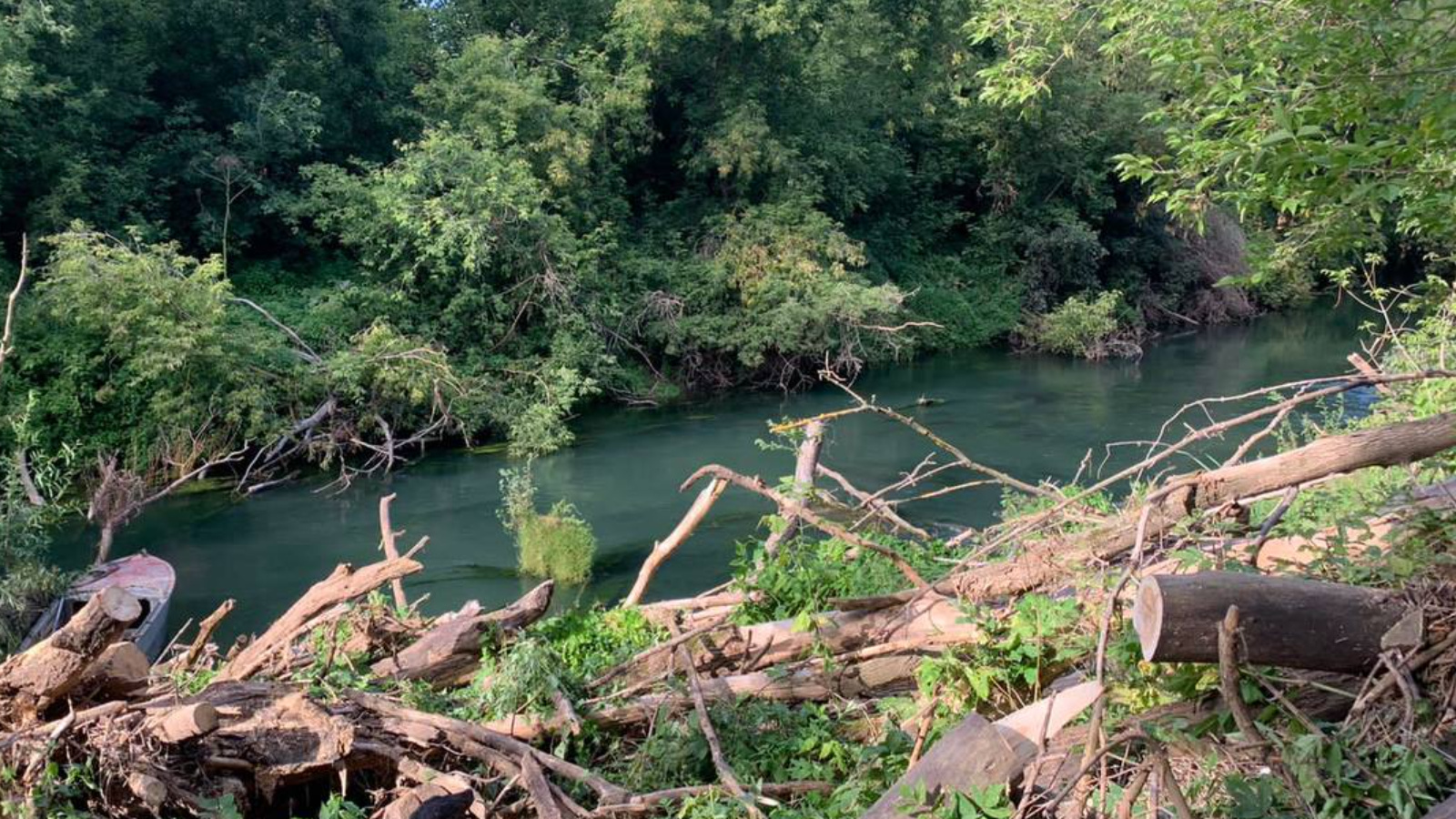25 blockages were eliminated, 1200 tons of wood were collected within the framework of the project "Free current of the Kazanka river"

In Tatarstan, the work on dismantling the rubble on the Kazanka River has been completed. They were held within the framework of the project "Free current of the Kazanka river", initiated by the Ministry of Ecology of the Republic of Tatarstan. The main task of the project is to free the river from tree debris and garbage collection, as well as to search for other objects of biogenic and man-made origin that affect the natural flow of the river. Measures to eliminate tree blockages were carried out by the regional branch of the Russian Geographical Society in the Republic of Tatarstan. "Free current" was a continuation of the pilot project of the Ministry of Ecology to improve the ecological condition of the rivers of Tatarstan. The project has been implemented since 2022 on the example of the Kazanka River.
The work on clearing the river of debris has been completed for this year, but will be continued next year. The team of the Russian Geographical Society has already covered 25 km of the river, cleared 25 rubble (in the area of the village of Dachnoye, the villages of Novoye Mamonino, Ivanovka and Chernyshevka), collected 480 bags of garbage, lifted 1,700 cubic meters of wood from the water – that's 1,200 tons.
The largest blockage was found near the village of Dachnoye, it reached a height of three meters from the current water level. The work here lasted about two weeks. As they moved along the river, the project participants collected and took out household garbage. Clearing the debris of trees in riverbeds will lead to an improvement in the hydraulic conditions of water movement in the riverbed, as well as, in some cases, to a decrease in stagnant zones.
Let us recall that the Ministry of Ecology is implementing a pilot research project on eco-rehabilitation of water bodies. As part of the first stage, its executor, the Tatarstan Branch of the Russian Geographical Society, carried out geographical research that confirmed the negative impact of diffuse runoff on the river. According to the results of the survey of the catchment area of Kazanka, objects of negative impact (more than 830) were recorded. The second stage of the project is the analysis of the ecological state of the river, the preparation of analytical materials on the assessment of pollution sources and proposals to reduce diffuse runoff into water bodies. The second stage of the project is being implemented with the participation of leading scientific organizations.